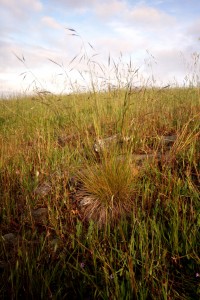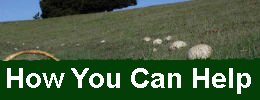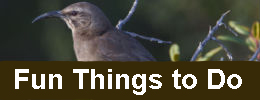A Brief History of California’s Grasslands
Grasslands are part of California’s heritage. Approximately 25% of the state is covered by them, and they are even featured on the state flag (look at what the bear is standing on). However, California’s grasslands look very different today than they did 200 years ago. The arrival of Spanish settlers in the mid 1500s to what is now California marked the beginning of a dramatic change in the State’s grassland ecosystems.
Prior to European colonization, Native Americans actively managed grassland habitats to ensure their food sources (seeds, native vegetables, and game animals) had areas to flourish. This management even included burning areas of grassland annually to ensure that forest and scrublands did not overrun the grassy areas. At that time, the grasslands of California were made up primarily of perennial (living more than a single year) bunch grasses such as purple needlegrass (Nassella pulchra) and California oatgrass (Danthonia californica) with forbs (herbaceous flowering plants) filling in the spaces between the grasses.

 Follow
Follow




